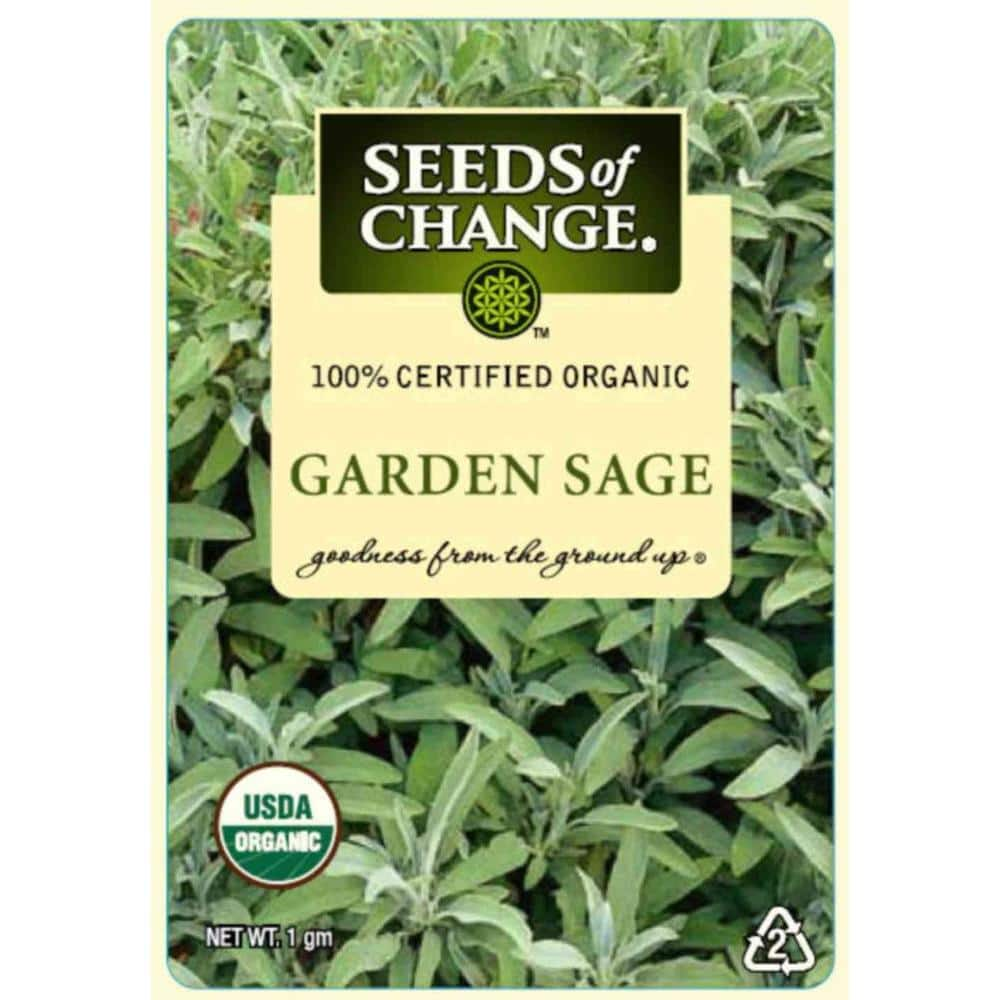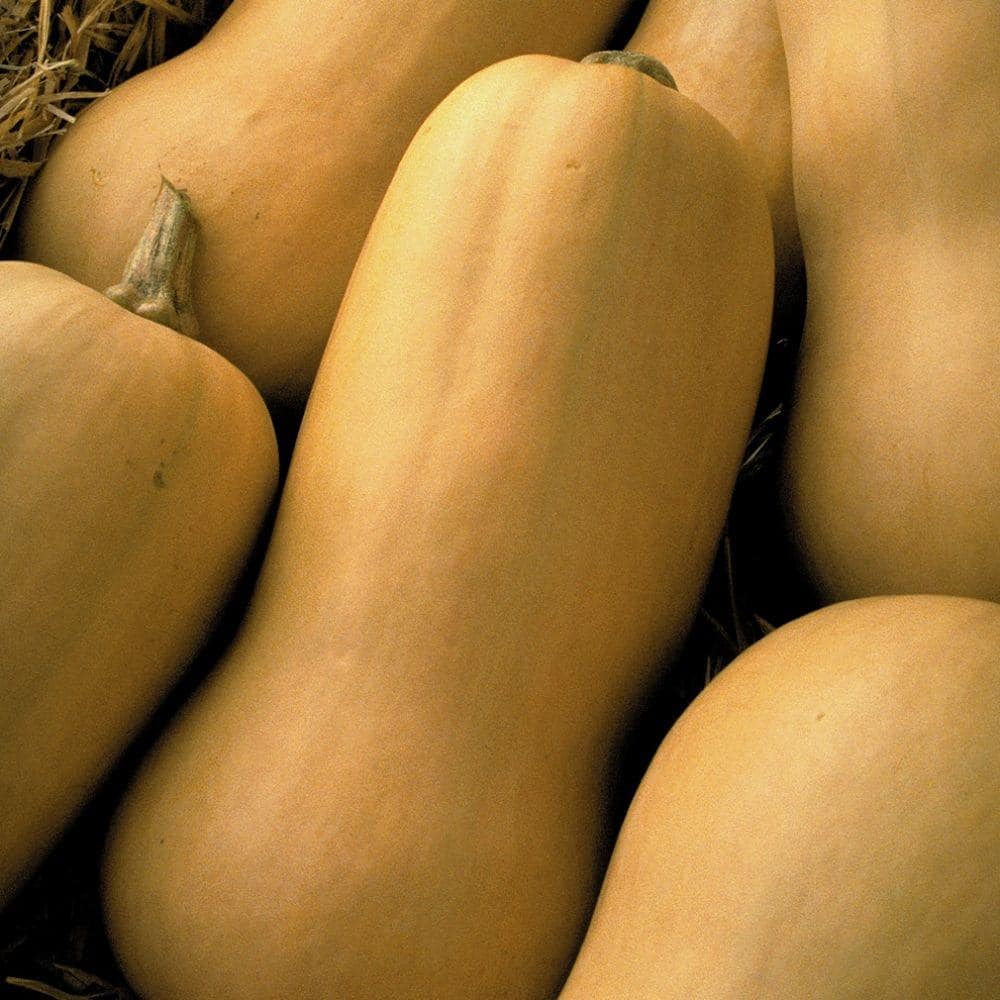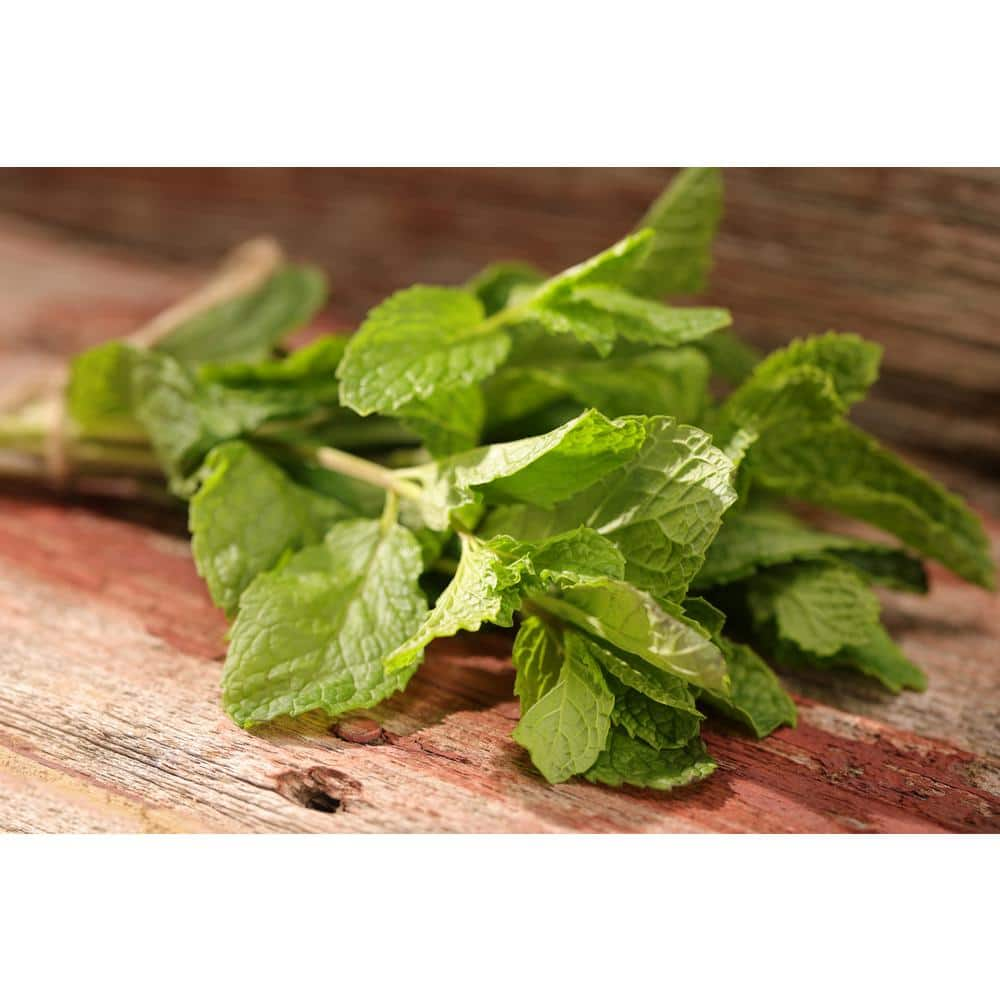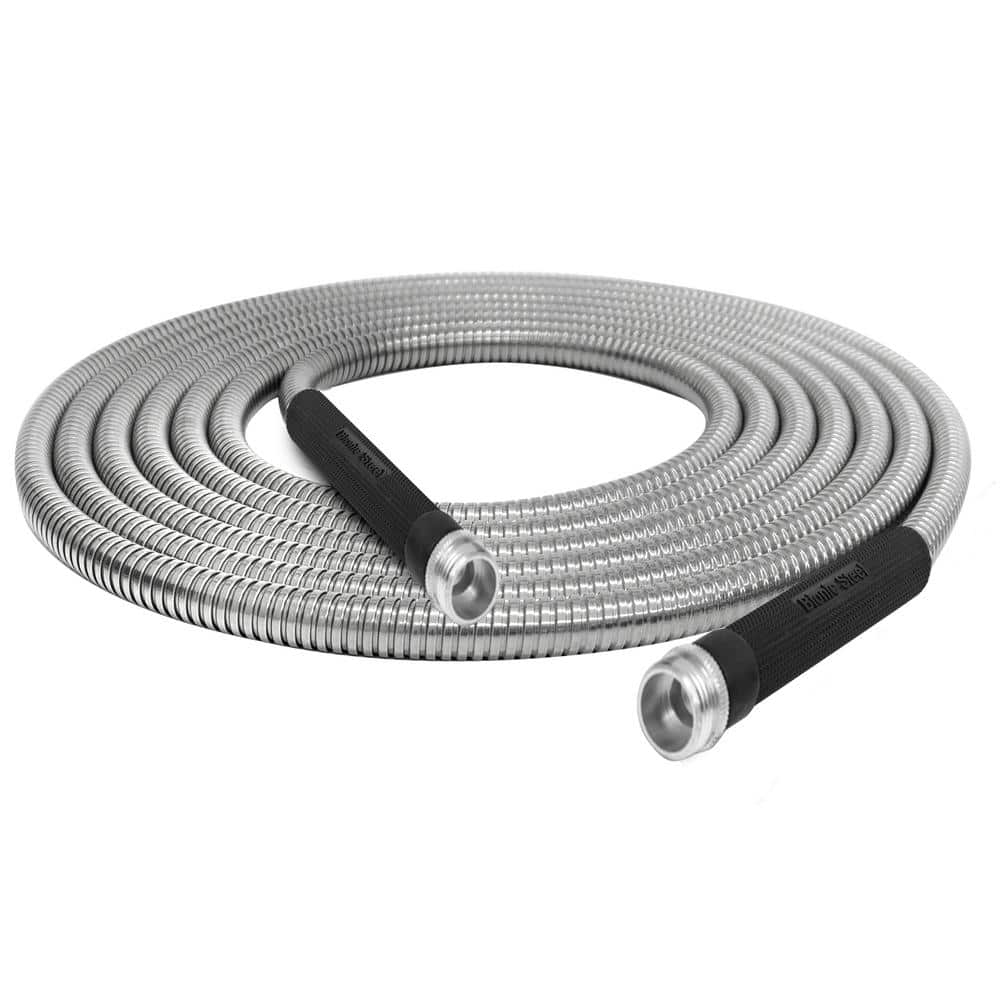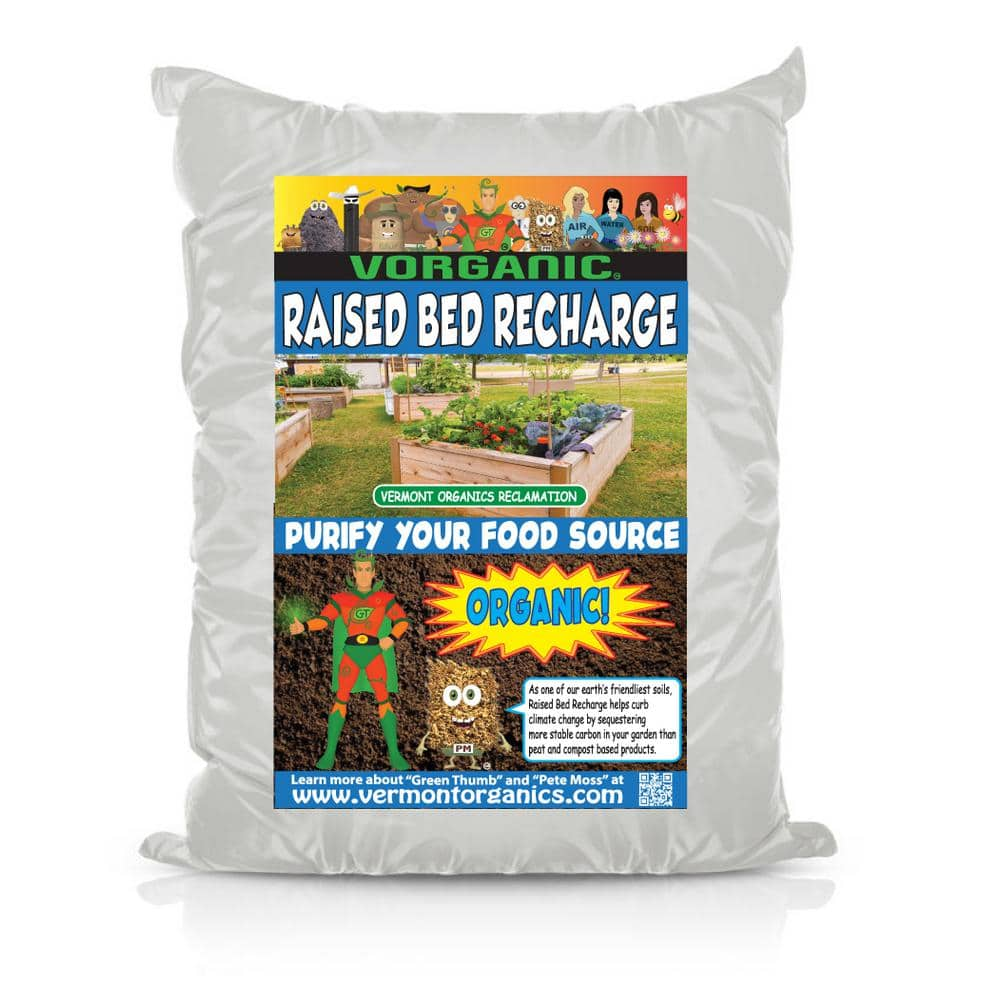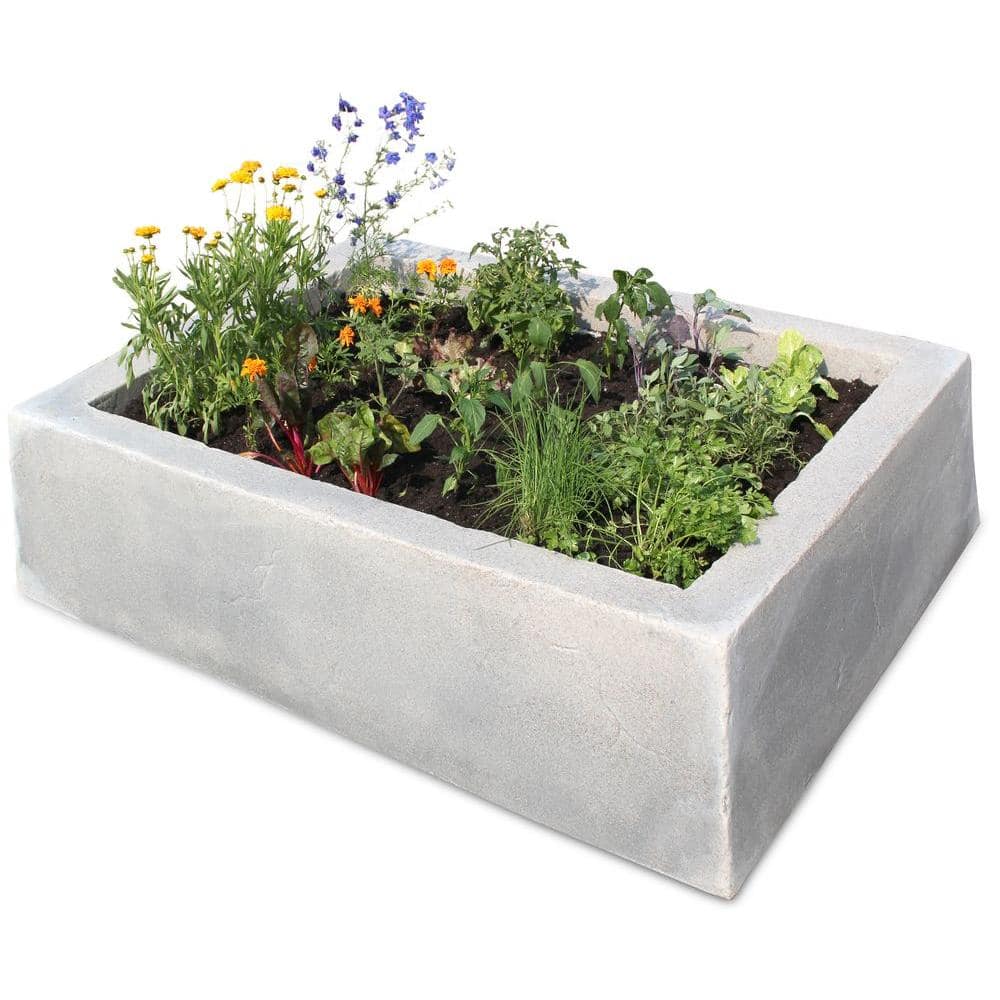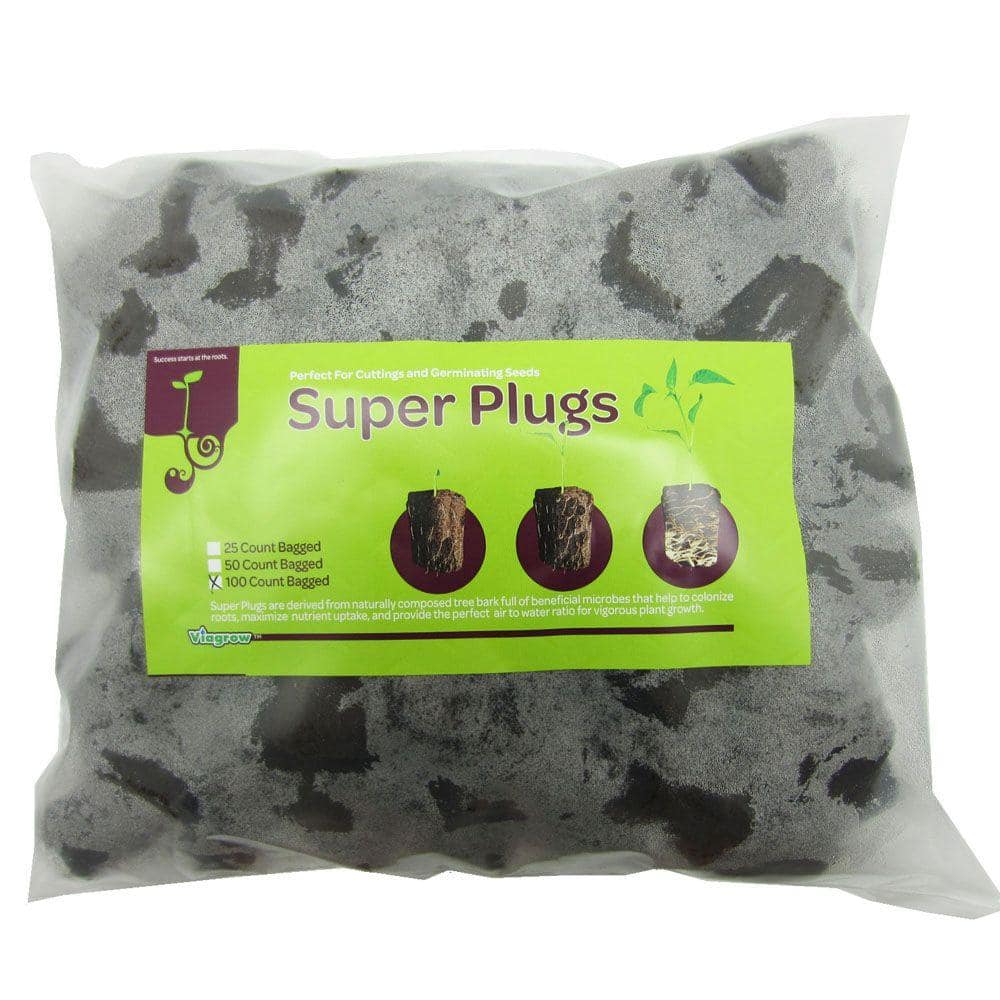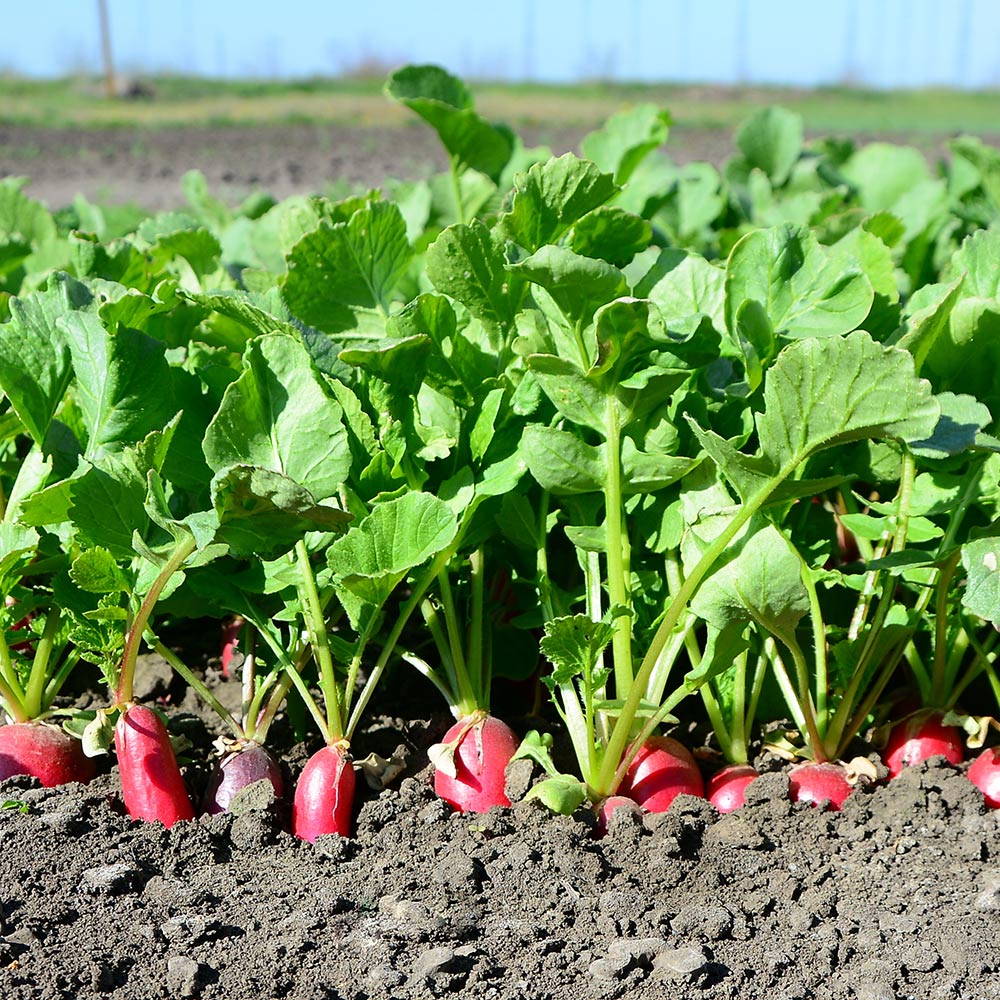
Before summer ends, take time, get organized and start a fall garden. If you planted a summer vegetable garden, you're probably up to your ears in tomatoes, peppers and zucchini, but this doesn't have to be the end of your edible garden. As your summer harvest comes in, you can prep for a fall vegetable garden.
When you plant a fall garden, you'll have fresh produce up to, and past, the first frost. Cool-season edibles include greens like spinach and chard; along with roots like carrots, radishes and turnips. You can also grow cole crops like broccoli, Brussels sprouts, cabbage, cauliflower, collards, kale, and kohlrabi. Fall is also the season to plant garlic. Just a few garlic sets will give you plenty of garlic to cook with next summer.
Besides the bounty, the extra effort of a fall garden is worth it because autumn is absolutely the best season to plant. Edible gardening in fall means cooler weather for weeding, and fewer pests and diseases to manage. Plus, fall tends to be a wetter season, so there’s less time spent watering. And veggies love the cool weather, too. It’s not an old wives’ tale that greens tend to be sweeter after the first frost, when the starches convert to sugars.
Summer to Fall in the Garden
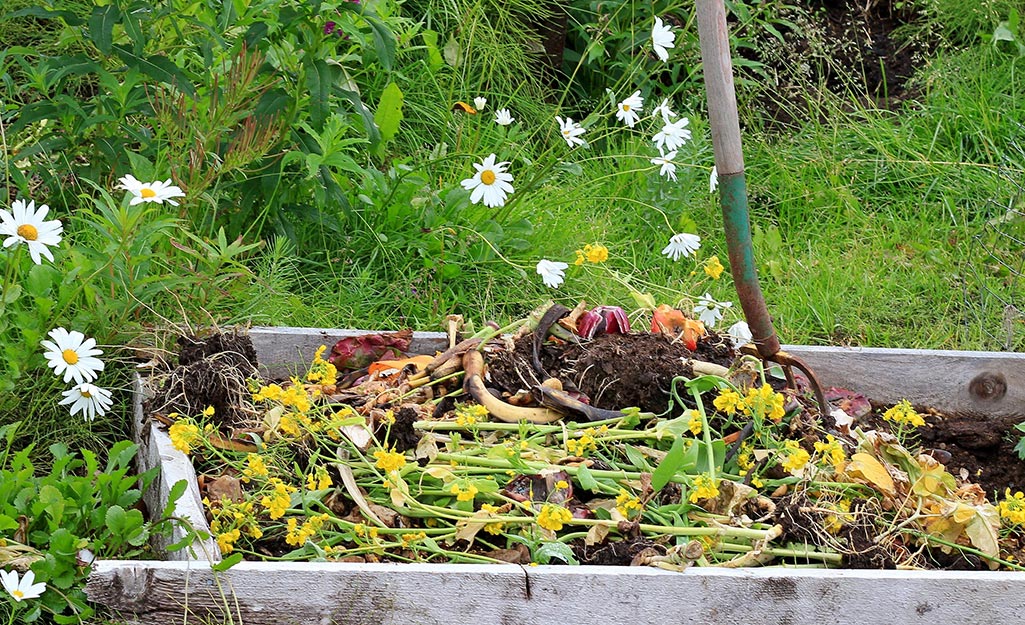
Begin the shift from summer to fall gardening just by replacing crops as they mature. Pull played-out plants and decide which plants still have life in them. You can harvest green tomatoes right up until the first freeze, for example, so you may want to keep the best-looking tomato vines.
Any plants that show signs of disease should be placed in the trash, all others go to the compost pile or composter. As you clean the garden, rake layers of mulch to the side while you work. Replenish the soil by working compost into the top 6 to 8 inches of soil.
This is a good time of year to run a soil test. The recommendations will inform you how to amend your soil. Test kits are available at The Home Depot and your local Cooperative Extension Service.
Tip: When planting your fall garden, keep the principle of crop rotation in mind. Gardeners rotate crops every year in order to refresh the soil and keep pests and diseases from building up. Keeping up with crop rotation is as simple as drawing a map of your garden each season and rotating what goes where each time you plant. For example, brassicas should be grown in the same bed only every third year.
Start Seeds Indoors
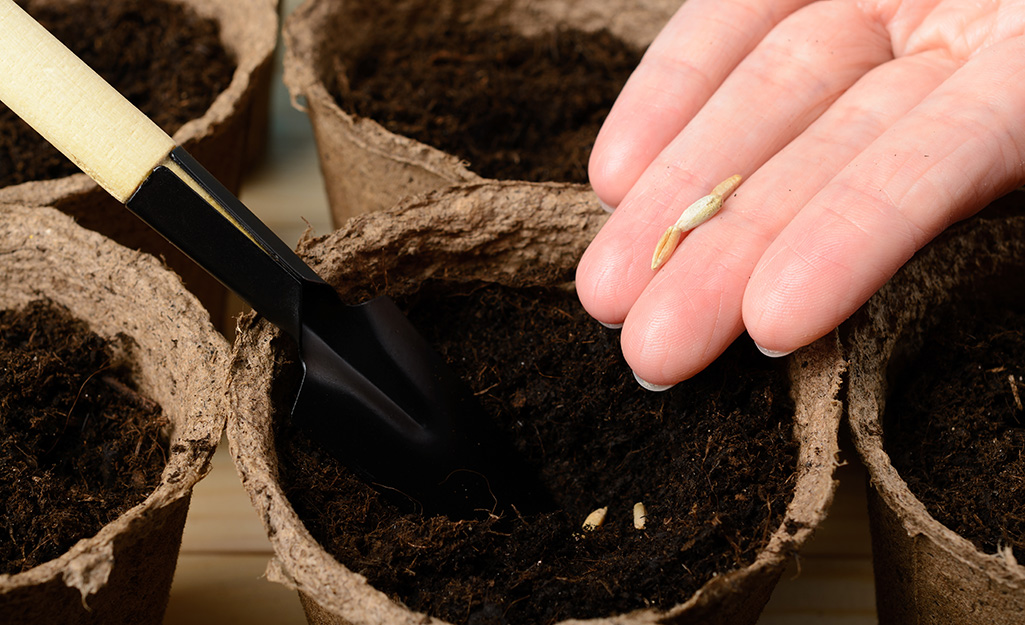
Midsummer is the time to start seeds for greens and other fall vegetables indoors. You have plenty of time to get them in the ground for growing time before the first frost. When planning your garden, find the average date of first frost in your area, and read your seed packet to find out the days to maturity, working back to pick the optimal time to plant the seedlings. Be sure to add the germination days into the equation.
Seeds for tender greens like spinach and lettuce can be directly sown in the soil. However, some seeds will not germinate if temperatures exceed 85 degrees Fahrenheit. To keep the soil cool and moist, protect the seeds with a layer of burlap or newspaper.
Lettuce and other tender greens are easiest to sow in containers. Begin by filling a planter with good quality organic potting mix, and just thumb the seeds one-fourth to half an inch deep, and cover lightly with moistened soil. Check soil daily to make sure seeds do not dry out. Sow seeds every week or two for a steady supply of fresh greens. Learn more about seed starting.
If you’re not into seeds, planting vegetable seedlings make sense when you have a short growing season, such as in northern zones, or get a late start on sowing. Whatever your region, vegetable starts will be available in your nearby Home Depot Garden Center when they’re ready to plant in your garden.
Herbs and Vegetables for Your Fall Garden
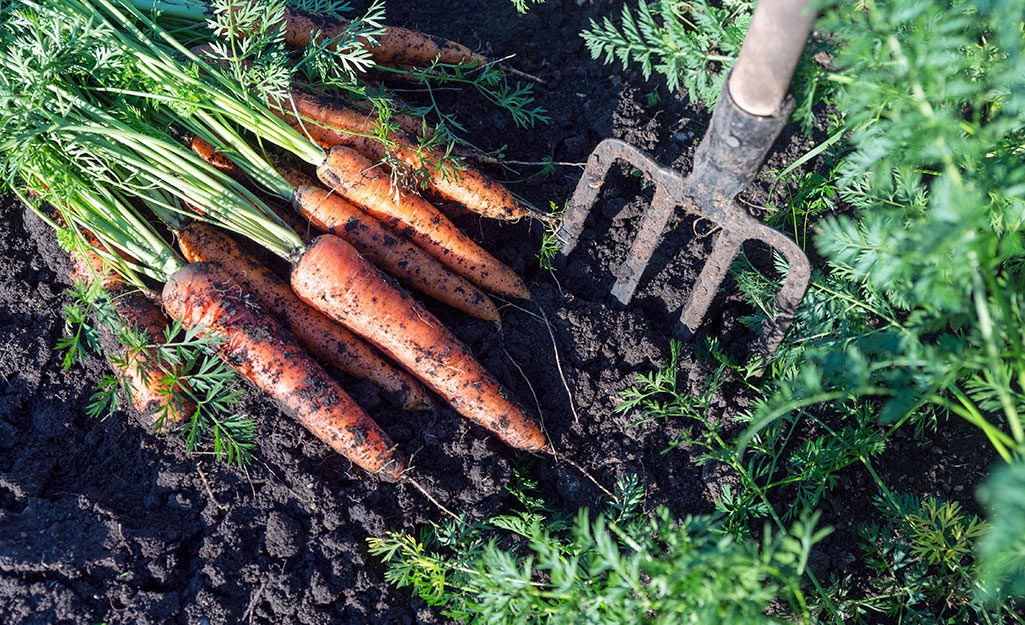
Cool-weather herbs:
- Chives
- Cilantro
- Lavender
- Mint
- Parsley (flat Italian or curled)
- Rosemary
- Sage
- Thyme
Frost-hardy vegetables:
- Arugula
- Broccoli
- Brussels sprouts
- Collards
- Garlic
- Kale
- Radishes
- Spinach
- Turnip
Semi-hardy vegetables (tolerate light frosts 29 to 32 degrees Fahrenheit):
- Beets
- Cabbage
- Carrots
- Cauliflower
- Celery
- Endive
- English peas
- Kohlrabi
- Leeks
- Lettuce
- Mustard greens
- Onions
- Rutabaga
- Swiss chard
How to Plant a Fall Vegetable Garden
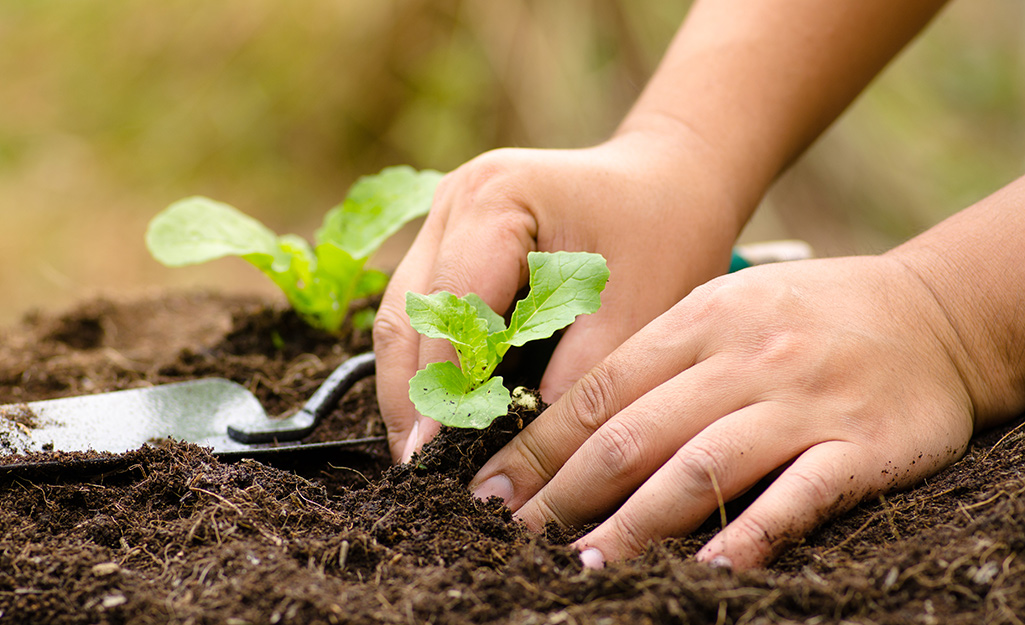
- Select a site that gets at least six to eight hours of sunlight a day.
- Amend with organic compost, working it into the soil.
- Space seeds and seedlings according to directions on plant and package labels.
- Use an organic fertilizer formulated for edibles.
- Plants may show signs of heat stress early in the fall season. Keep an eye on them and water as needed.
Protect Your Crops
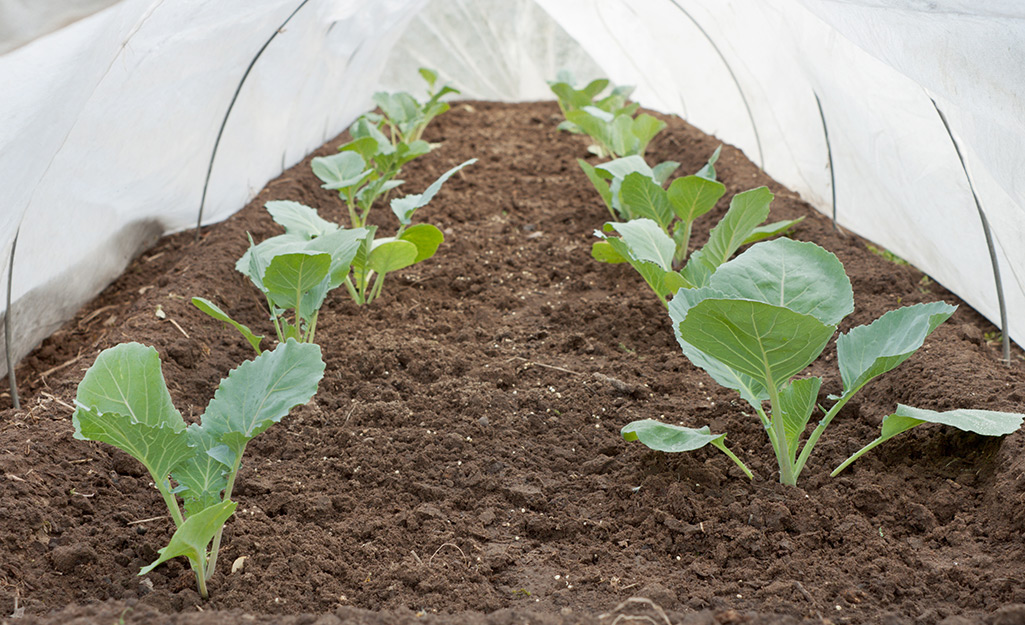
Be smart and put your frost plan in play as you plant. If you’ll be using a row cover, put the framing up when you plant, so it will be ready when temperatures drop. If you have a cold frame, make sure it’s good to go when the forecast calls for frost.
These types of protective covers will keep your seedlings safe from pests like cabbage worms and deer, as well as from plunging nighttime temperatures.
Whether you need the right tools, seeds or potting soil, The Home Depot delivers online orders when and where you need them. If you plan on starting your fall garden but need some extra help, consider a tiller, lawn edger or sod cutter for your lawn and use garden rental to get your project done. Use once, then bring it back.
